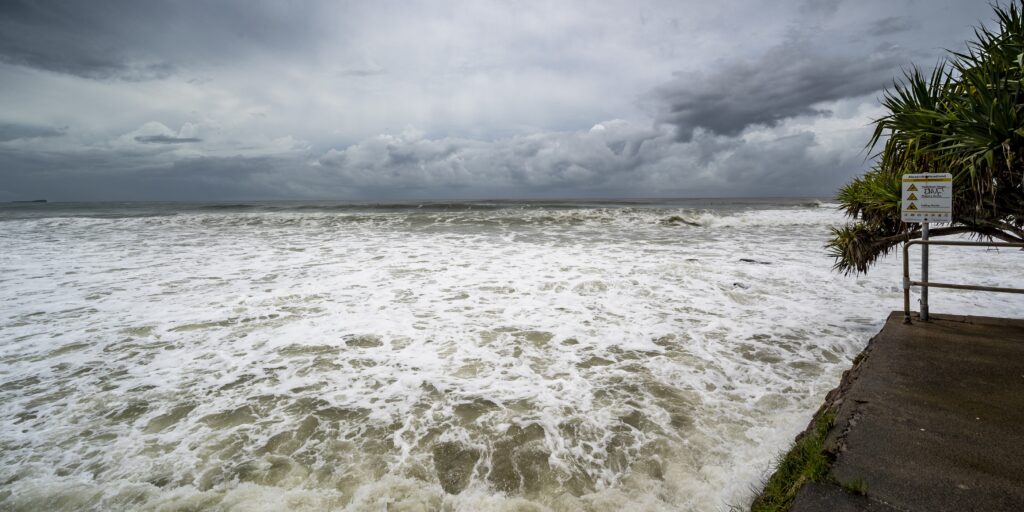Employers whose employees are affected by hurricanes and other natural disasters often rush to provide assistance. “Qualified disaster payments,” as described by Internal Revenue Code Section 139, can be made as a tax-free benefit.
Below are some frequently asked questions about how employers can use Section 139 to help employees cope immediately with federally declared disasters. There is no requirement for the employer to have a preestablished written plan or for the employee to incur the expense before the employer can provide assistance.
To find information on the most recent tax relief provisions for taxpayers affected by disaster situations, visit the IRS page Tax relief in disaster situations.
FAQs
What is a “qualified disaster payment”?
Qualified disaster payments are payments made by an employer to an employee that are not otherwise reimbursed by insurance and that are reasonably expected by the employer to:
- Reimburse or pay reasonable and necessary personal, family, living, or funeral expenses incurred as a result of a qualified disaster; and
- Reimburse or pay reasonable and necessary expenses incurred for the repair or rehabilitation of a personal residence or repair or replacement of its contents to the extent that the need for such repair, rehabilitation, or replacement is attributable to a qualified disaster.
The payments should not include non-essential, luxury, or decorative items or services.
Insight
Wage replacement (such as paid sick or other leave) would not be covered by Section 139, so those payments would still be taxable wages and would remain subject to income and payroll tax withholding and reporting.
What expenses might be considered eligible as a qualified disaster payment?
Employers can pay for, reimburse, or provide in-kind benefits reasonably believed by the employer to result from the federally declared disaster that are not covered by insurance. For example, employers could pay for, reimburse, or provide employees with tax-free payments for housing, clothing, food, repairs, unreimbursed health-related expenses, and increased transportation costs due to work relocation.
What is the federal tax treatment of qualified disaster payments?
Qualified disaster payments are federal tax-free to employees and are fully deductible by the employer. Such payments are not considered “gifts.” There is no federal reporting or disclosure requirement, so those payments are not reported on Forms W-2 or 1099 and are not subject to federal income or payroll tax withholding.
What is the state tax treatment of qualified disaster payments?
Generally, state treatment for income tax withholding purposes will mirror the federal treatment of qualified disaster relief payments. That is, states generally exclude qualified disaster relief payments from the definition of wages for state income tax withholding purposes, either expressly or by applying the federal definition of “wages” for state income tax withholding purposes. However, qualified disaster relief payments may still be considered “wages” for purposes of state unemployment insurance tax. Employers should determine on a state-by-state basis whether certain income tax withholding and/or unemployment insurance tax contribution obligations may arise in connection with such payments.
Is there a cap on how much an employer can provide to an employee as a qualified disaster payment?
No. Section 139 does not impose any limit on the amount or frequency of qualified disaster payments that an employer can make to any individual employee or to all employees in the aggregate.
Must employers have a written plan to make qualified disaster payments to employees?
No. Employers are not required to have a written program for qualified disaster payments. But having such a program is recommended, so employers can inform employees about the parameters of the employer’s program. Such a program might include a description of who is eligible, what expenses will be reimbursed (perhaps up to a “per employee” maximum), and how and when payments will be made.
Are employees required to substantiate their expenses to prove that they are eligible for qualified disaster payment treatment?
No. Employees are not required to provide receipts or other proof supporting their expenses. However, employers could require such proof as part of their written program, perhaps using rules similar to the long-standing IRS “accountable plan” rules.
Written by Norma Sharara and Joan Vines. Copyright © 2024 BDO USA, P.C. All rights reserved. www.bdo.com




